I'm currently in the middle of doing the illustrations for the third short story, Mamma Troubles the Trolls. I ran into a bit of difficulty in that I'm not that good at drawing perspective. Seeing as the story takes place in a fantastical Amsterdam-like city, perspective is gonna be important in showing it off a little bit.
For example, here's the rough sketch for an illustration I wanted to do:
For example, here's the rough sketch for an illustration I wanted to do:
The perspective on the hut itself isn't awful, but it's supposed to be built on the side of a bridge, and curves are infuriatingly difficult to draw at an angle.
This frustrated me. Isn't there an easier way, short of me spending years training in perspective and curves and drawing bridges?!
The answer is...yes, with SketchUp. This is a totally free 3D modeling program that used to be owned and developed by Google (thank you, Google! Please don't be evil). There's an entire warehouse of thousands of downloadable models by people from all over the world (here is their selection of just old bridges), but it's also fairly easy to do your own modeling, especially if what you're doing is simple. I just needed help with the skeleton, the basic lines of the bridge and hut, and I could fill in the rest.
I whipped this up in no time flat:
This frustrated me. Isn't there an easier way, short of me spending years training in perspective and curves and drawing bridges?!
The answer is...yes, with SketchUp. This is a totally free 3D modeling program that used to be owned and developed by Google (thank you, Google! Please don't be evil). There's an entire warehouse of thousands of downloadable models by people from all over the world (here is their selection of just old bridges), but it's also fairly easy to do your own modeling, especially if what you're doing is simple. I just needed help with the skeleton, the basic lines of the bridge and hut, and I could fill in the rest.
I whipped this up in no time flat:
Before I continue, I should admit that this kind of feels like cheating to me. I don't know why, but I always figured that tracing or drawing from life was somehow "faking" it. I kind of assumed it was off-limits. I've made this silly assumption for a really long time.
When I started doing Merry Mariner drawings, in particular the characters, I realized I had a hard time getting human poses and proportions to look right. You can tell from early illustrations of mine that the people didn't have any kind of skeleton underneath them:
When I started doing Merry Mariner drawings, in particular the characters, I realized I had a hard time getting human poses and proportions to look right. You can tell from early illustrations of mine that the people didn't have any kind of skeleton underneath them:
Even though I penciled first and then inked over these, they're not any more impressive than a rough sketch. That's because the characters are missing a skeleton underneath, they've no armature "holding" them up. That's a fine style if that's what you're going for (a sketchy style is what made Quentin Blake famous), but I wanted something more grounded for the Merry Mariner. I wanted the characters and places to feel just a little bit more real.
So I decided I had to study poses and armatures. I did page after page of sketches, just copying figures out of magazines and online photos, trying to pin down their skeletons. Nothing complicated - just a head, torso, hips, arms, hands, legs and feet. It's amazing how expressive such simple stick figures can be.
So I decided I had to study poses and armatures. I did page after page of sketches, just copying figures out of magazines and online photos, trying to pin down their skeletons. Nothing complicated - just a head, torso, hips, arms, hands, legs and feet. It's amazing how expressive such simple stick figures can be.
After that, I applied these skeletons to the family Wicklow. Suddenly, imbued with an armature, they came to life in a whole new way.
I was thrilled learning this not-so-secret secret. Why, by just copying from reality, my cartoons take on new life! What a shock! Since then, all my drawings of people have come directly from real-life reference photos. Usually I'll pose for them myself.
I'm very happy with the results. The characters look real, like they're actually inhabiting these drawings. So now, for the first time, I'm taking the idea of armatures to its logical next step, and applying it to scenery.
As you saw above, I used SketchUp to build the scene I wanted to draw. I then literally printed out the 3D image, taped it to the back of a sketchbook page, and traced the important lines. Here's how the sketch turned out, and the final inked drawing below:
As you saw above, I used SketchUp to build the scene I wanted to draw. I then literally printed out the 3D image, taped it to the back of a sketchbook page, and traced the important lines. Here's how the sketch turned out, and the final inked drawing below:
As I said, I'm tickled pink by this. It really gives a dimension of life and "realism" to the drawing that would have taken years for me to develop all by myself. Great painters throughout history draw from real-life references. So why can't I do it for my kid's book illustrations?
Now I'm applying this in all sorts of ways. Here's another example.
This is a sketch for another drawing from the same story, Mamma Troubles the Trolls:
Now I'm applying this in all sorts of ways. Here's another example.
This is a sketch for another drawing from the same story, Mamma Troubles the Trolls:
I got so bored halfway through I couldn't even finish it. It's so flat and uninteresting. But as I said, perspective is not my strong point, and this is a shop. It's going to have all kinds of counters and shelves and things, so doing it right off the top of my head is not an option - not if I want to finish this project before I'm 80 years old.
But looking through the various photos I was using for reference, one photo in particular stood out to me.
But looking through the various photos I was using for reference, one photo in particular stood out to me.
I started thinking, "now what if..." and before I could feel guilty about it, I started doing it anyway.
Now that is a much more interesting drawing! All thanks to perspective, and to ripping off a photograph.
Keep in mind - it's not a total cheat. If I didn't know and understand a lot of things about perspective, I'd never be able to turn that photo into a new, unique drawing. I'm still relying heavily on decades of doodling and drawing experience to get to be able to rip off the photograph in a way that makes it my own.
If you're wondering why I didn't just print out the photograph and trace directly on that, it's because I didn't think the photo would be easy enough to see through the sketch page. I did the thick black lines so I could see them more easily. I could have used tracing paper, but for this drawing I wanted the warm, soothing texture of real paper.
On the next drawing, I solved this double-tracing inefficiency. Here's the scene I built in SketchUp:
Keep in mind - it's not a total cheat. If I didn't know and understand a lot of things about perspective, I'd never be able to turn that photo into a new, unique drawing. I'm still relying heavily on decades of doodling and drawing experience to get to be able to rip off the photograph in a way that makes it my own.
If you're wondering why I didn't just print out the photograph and trace directly on that, it's because I didn't think the photo would be easy enough to see through the sketch page. I did the thick black lines so I could see them more easily. I could have used tracing paper, but for this drawing I wanted the warm, soothing texture of real paper.
On the next drawing, I solved this double-tracing inefficiency. Here's the scene I built in SketchUp:
Lot of dark grays in that image. I knew I wasn't going to be able to see through a thick sheet of sketchpad paper to all the little the nuances I needed to see.
Usually for this sort of thing artists use this wonderful contraption:
Usually for this sort of thing artists use this wonderful contraption:
It's called a light box, and it's made specifically for this purpose. They're very easy to build yourself, but I just needed a quick sketch. I didn't want to spend all day making a light box. I was pretty sure I could accomplish the same thing with what I had in the room.
I was right! Turns out all I needed was two chairs, a picture frame, and a desk lamp:
I was right! Turns out all I needed was two chairs, a picture frame, and a desk lamp:
So there you have it - my way of cheating at drawing. It still takes a lot of work - each of these drawings took between six and eight hours from sketch to final scan and shading in photoshop (you'll have to wait to read the story to see the final, final illustrations!) - but it's a great shortcut, and I'm always a fan of shortcuts when they help accomplish your goal. My goal is to have all the drawings for Mamma Troubles the Trolls done in the next two weeks.
Until next time, keep drawing!
- M. Ray
Until next time, keep drawing!
- M. Ray

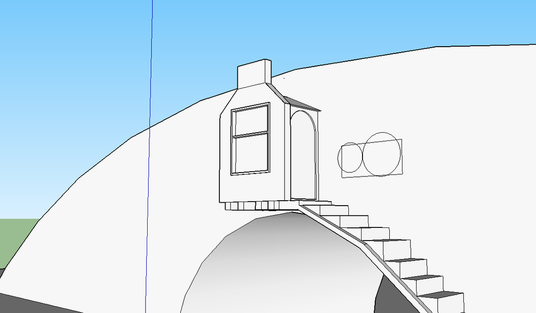

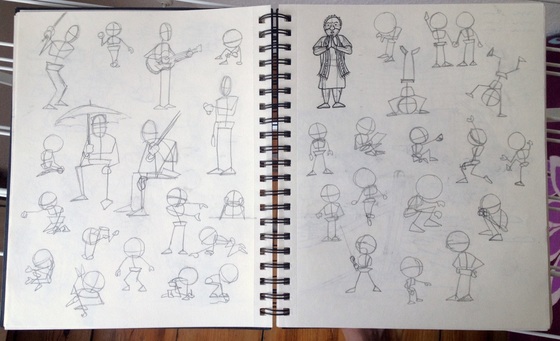
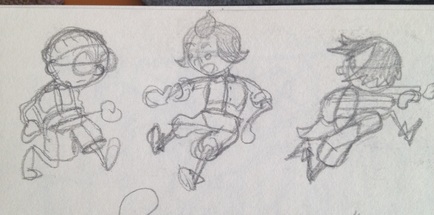

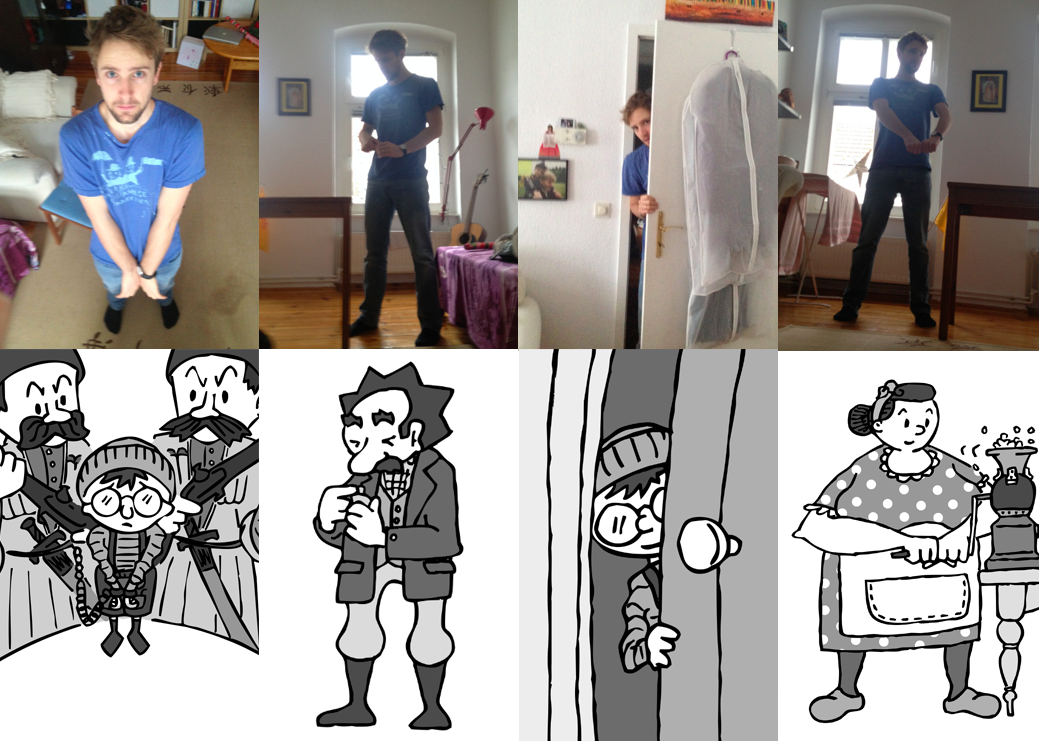




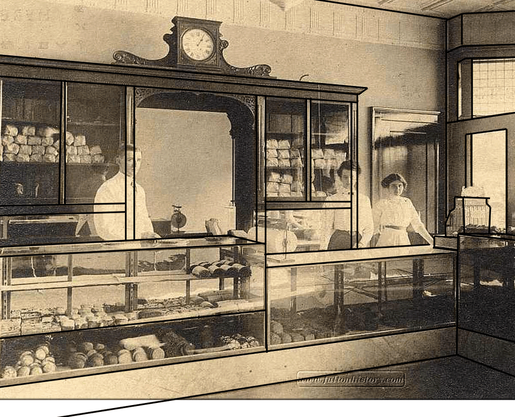
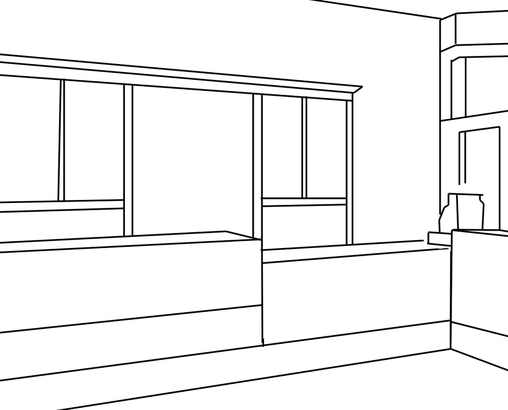

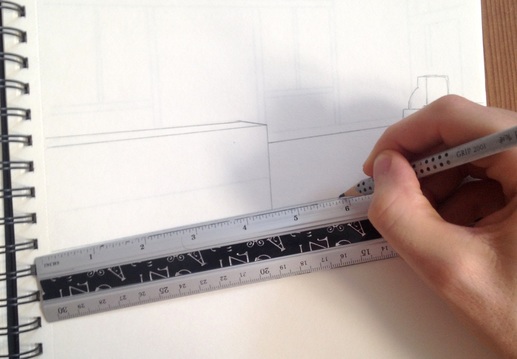
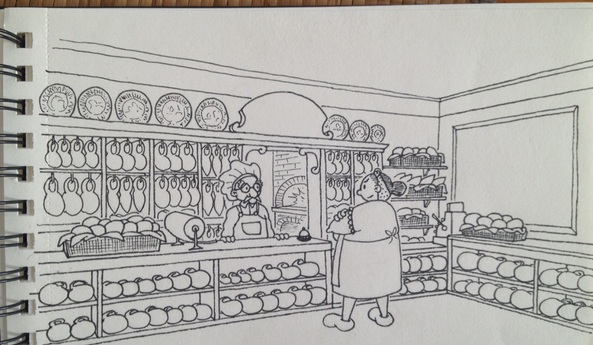
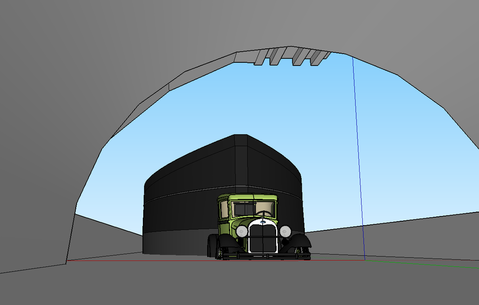


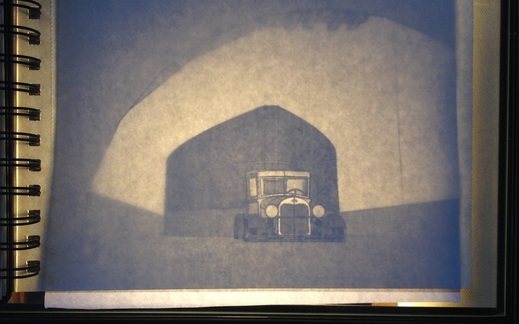

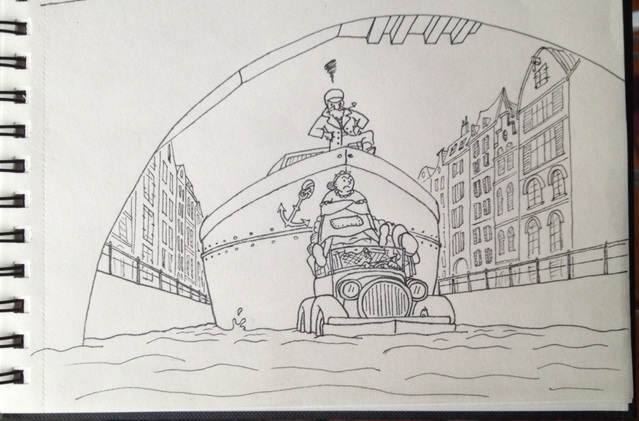

 RSS Feed
RSS Feed
